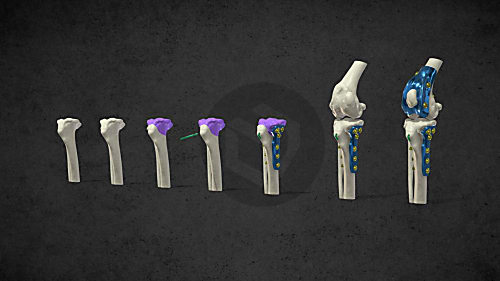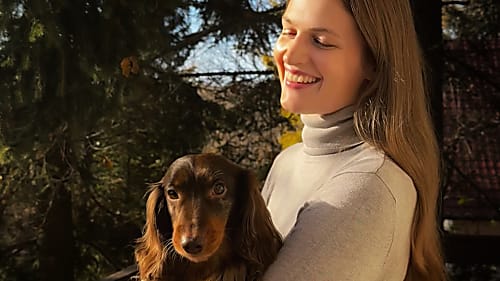The Advantages of LimesVet Services for Your Veterinary Practice
Precise planning, safer surgeries! Integrate 3D technology into your veterinary practice and take advantage of the innovative solutions we offer.
Nana, a 3-year-old Maltese dog, had been showing multiple clinical symptoms for some time, including dizziness, difficulty moving, depression, and eventually epileptic seizures. Brain MRI results revealed significant enlargement of the 3rd and 4th ventricles and moderate enlargement of the lateral ventricles. Despite medication, Nana's clinical symptoms worsened, leading to a recommendation for surgery. Dr. László Lehner performed a ventriculoperitoneal shunt (VPS) implantation to reduce the size of the noticeably enlarged third and fourth ventricles. Since the lateral ventricles were not significantly dilated, we designed and 3D-printed a custom device to precisely insert the ventricular branch of the shunt into one of the lateral ventricles at a predetermined location, angle, and depth.
Following the surgery, Nana's symptoms completely disappeared, and she is currently in good health.

Precise planning, safer surgeries! Integrate 3D technology into your veterinary practice and take advantage of the innovative solutions we offer.

The combined application of custom 3D-printed and traditional implants represents a significant advancement in treating complex orthopedic conditions.

During the COVID-19 lockdowns, many people sought emotional support amid isolation and uncertainty. However, home office opened new opportunities for a young woman: finally, she could adopt a puppy. In the interview she talks about how thanks to this her life changed, how she found new social relationships and how her dog helped her maintain her mental health during this difficult period.
Patient-specific surgical equipment
Patient-specific surgical equipment
Patient-specific surgical equipment